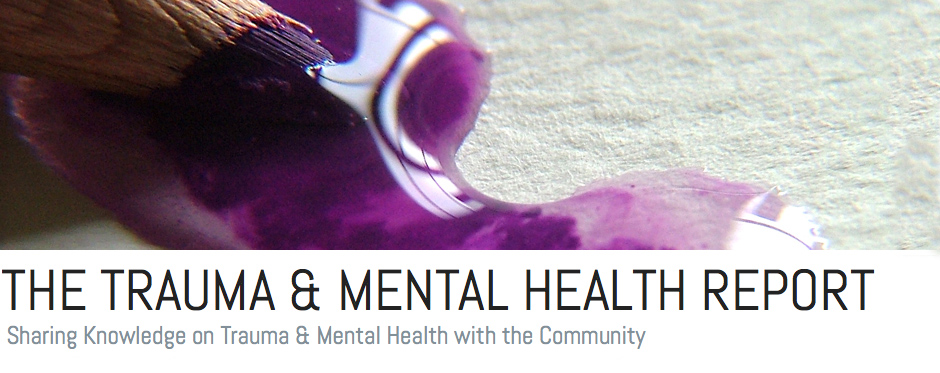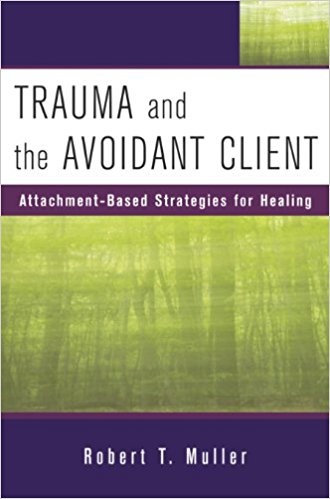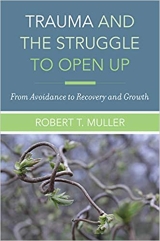Haunted by the Mind: Living with Obsessive-Compulsive Disorder
For many, the phrase “just a little OCD” is tossed around casually. It’s used to describe tidy desks, alphabetized spice racks and symmetrical picture frames. But for those who live with Obsessive-Compulsive Disorder (OCD), the reality is far from playful. It is not a quirk, it’s a haunting.
OCD is often misunderstood as an obsession with cleanliness or order. While that is one possible manifestation, it is only the surface of a deeper, more insidious condition. At its core, OCD is a disorder of doubt and fear, a relentless, echoing uncertainty that claws at a person’s peace of mind. The image above, with spectral shadows circling a distressed figure, captures this unseen battle. These ghosts are not imagined; they are intrusive thoughts, uninvited and unwelcome, whispering “what if” until the question becomes unbearable.
Compulsions often follow: excessive hand-washing, checking, repeating, or mentally reviewing events, all in desperate attempts to quiet the internal noise. But relief, when it comes, is temporary. As one sufferer put it: “It’s like trying to put out a fire by blowing on it—it only grows larger.”
What complicates the picture is the shame. Many with OCD are aware of how irrational their thoughts may sound. Yet awareness does not dissolve the fear. Rather, it binds the sufferer in silence, afraid of being misunderstood, or even worse, judged and dismissed. This internalized stigma can be traumatic in its own right.
There is growing recognition among clinicians that OCD, especially when left untreated, can mirror symptoms of trauma. Nightmares. Hypervigilance. Avoidance. The body may not bear visible scars, but the psyche carries deep grooves of suffering.
Effective treatments do exist. Exposure and Response Prevention (ERP) therapy remains a gold standard, and cognitive strategies can help reshape a person’s relationship with fear. Unfortunately, accessibility and awareness lag way behind the growing need. Too many sufferers are going undiagnosed or misdiagnosed, particularly those with less typical invisible presentations like “Pure O”, where compulsions and rituals are performed mentally rather than physically.
To live with OCD is to live with a mind that doesn’t always feel like your own. But there is strength in naming the ghosts. In seeking help. In knowing that intrusive thoughts are not reflective of one’s character. They are symptoms—not sins.
Time, treatment, and self-compassion can lessen the haunting and help restore hope and better living.

Image Credits:
Body Image: Storyset on Freepik
Featured Image: Storyset on Freepik



